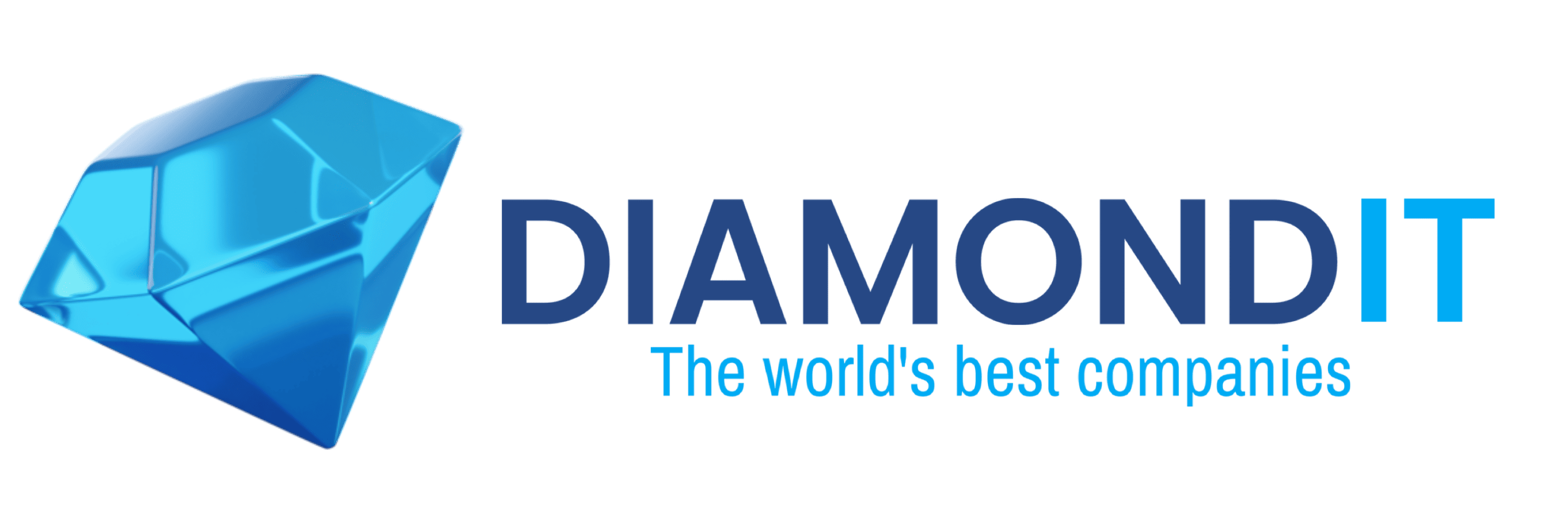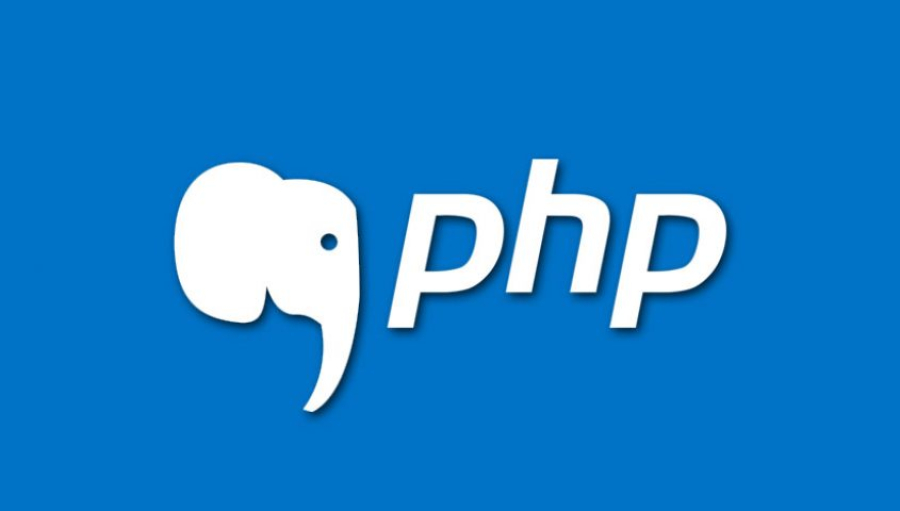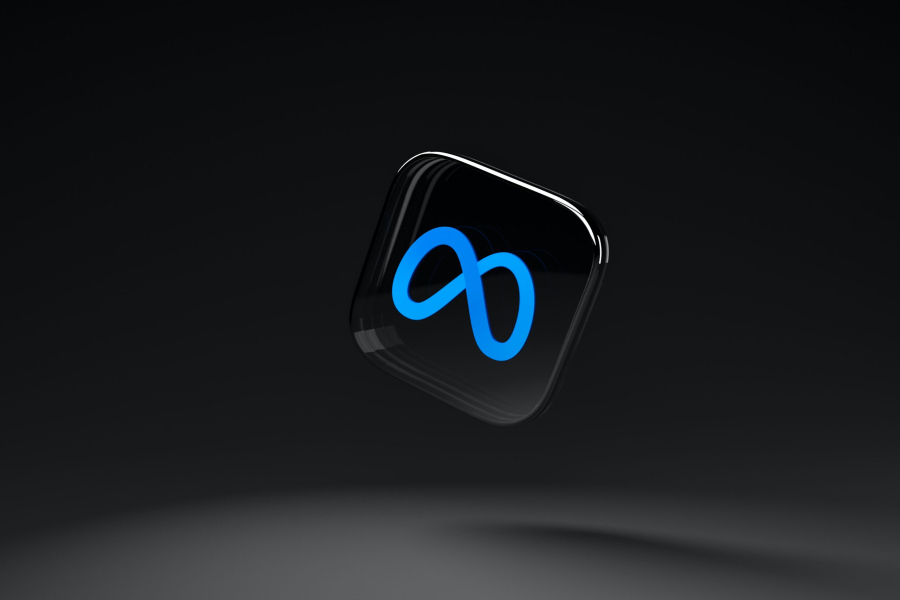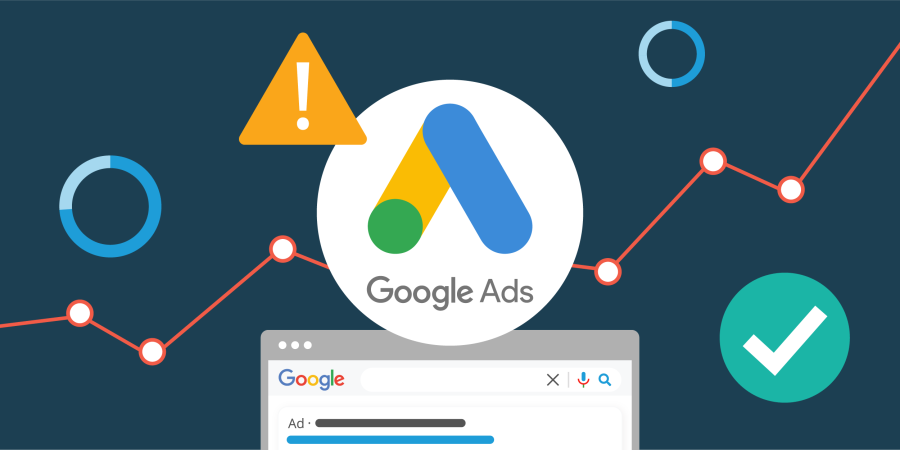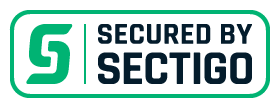PHP: A Comprehensive Guide to Server-Side Web Development
PHP: A Comprehensive Guide to Server-Side Web Development
Introduction
PHP, or Hypertext Preprocessor, is one of the most widely used server-side scripting languages. It is the backbone of many dynamic websites and web applications. Originally created by Rasmus Lerdorf in 1993, PHP has evolved into a powerful tool for web developers, offering a range of features that make it ideal for building dynamic, data-driven websites. This article provides an in-depth look at PHP, including its key features, common use cases, and how to get started with PHP development.
What is PHP?
PHP is a server-side scripting language primarily used for web development. It is embedded within HTML and can interact with databases, manage sessions, and perform a variety of other tasks necessary for creating dynamic websites. PHP is open-source, meaning it is freely available to use, and has a large community that contributes to its growth and improvement.
PHP is often used in conjunction with MySQL or other databases to store and retrieve data. It can run on most web servers and operating systems, including Apache, Nginx, Windows, Linux, and macOS.
Key Features of PHP:
- Cross-Platform Compatibility – PHP runs on all major operating systems, including Linux, Windows, and macOS.
- Database Integration – PHP easily connects to databases like MySQL, PostgreSQL, and SQLite.
- Open-Source – Free to use and has a large community of developers contributing to its ecosystem.
- Embedded Code – PHP code can be embedded directly into HTML, making it easy to add dynamic content.
- Extensive Documentation – PHP has comprehensive documentation, making it easy for beginners and advanced developers alike.
- Support for Frameworks – PHP supports various frameworks like Laravel, Symfony, and CodeIgniter, which streamline development.
How PHP Works
PHP operates on the server-side, meaning that PHP code is executed on the server before the web page is sent to the browser. When a user requests a page, the server processes the PHP code, executes any necessary database queries, and then returns the HTML content to the user's browser.
PHP Execution Flow:
- Request – The user makes a request to the web server for a PHP page.
- Processing – The server processes the PHP code embedded within the HTML, including database queries, data manipulation, and any logic.
- Response – The server returns the processed HTML to the user's browser, which renders the page.
This server-side processing ensures that sensitive information, such as database credentials, is not exposed to the client-side, providing better security.
Why Use PHP?
✅ Simplicity and Flexibility
PHP is known for its ease of use. Developers can quickly create dynamic websites by embedding PHP directly into HTML. The language has a relatively low learning curve, which makes it a great choice for beginners.
✅ Wide Adoption
PHP powers over 79% of all websites with server-side scripting, including some of the most popular websites in the world, such as Facebook, WordPress, and Wikipedia. Its widespread adoption means that developers have a large pool of resources, libraries, and frameworks to leverage.
✅ Scalability
PHP can handle small websites as well as large-scale applications. With frameworks like Laravel and Symfony, developers can build scalable, maintainable applications with ease.
✅ Cost-Effective
PHP is free to use, and most hosting providers offer built-in support for PHP, making it a cost-effective solution for web development.
✅ Large Ecosystem
PHP boasts an extensive ecosystem, with frameworks, libraries, and tools that streamline development. Composer, for example, is a dependency management tool that simplifies managing PHP libraries.
Popular Use Cases of PHP
🔹 Content Management Systems (CMS) – PHP powers popular CMS platforms like WordPress, Joomla, and Drupal, allowing users to easily create and manage websites.
🔹 E-Commerce Websites – Platforms like Magento, WooCommerce, and OpenCart are built on PHP, providing a powerful foundation for online stores.
🔹 Social Media Platforms – Facebook, one of the largest social networks, was originally built using PHP.
🔹 Web Applications – PHP is widely used for building web apps that require database interactions, such as online booking systems, CRM platforms, and custom enterprise solutions.
🔹 RESTful APIs – PHP is commonly used to create backend services for APIs that power mobile apps and other web applications.
PHP Frameworks
PHP frameworks are designed to simplify and accelerate the development process by providing pre-built modules and libraries for common tasks. Some of the most popular PHP frameworks include:
1. Laravel
Laravel is one of the most popular PHP frameworks, known for its elegant syntax and robust features. It provides tools for routing, database migrations, authentication, and much more. Laravel is a great choice for building modern web applications and APIs.
2. Symfony
Symfony is a highly flexible PHP framework that is used for building complex web applications. It provides reusable components, making it ideal for large-scale enterprise applications.
3. CodeIgniter
CodeIgniter is a lightweight PHP framework known for its simplicity and small footprint. It is ideal for developers who want to build fast and efficient applications with minimal overhead.
4. Zend Framework
Zend Framework is an open-source, object-oriented PHP framework that is best suited for building enterprise-level applications. It offers a wide range of tools for creating scalable, secure, and maintainable web apps.
Best Practices for PHP Development
✅ Use Frameworks – Frameworks like Laravel and Symfony help organize your code and follow best practices, making development faster and more maintainable.
✅ Sanitize User Input – Always sanitize and validate user input to prevent SQL injection and other security vulnerabilities.
✅ Follow the DRY Principle – Don’t Repeat Yourself (DRY) to avoid redundancy in your code and improve maintainability.
✅ Error Handling – Implement proper error handling and logging to debug and troubleshoot issues efficiently.
✅ Use Composer – Composer is a dependency manager for PHP that helps you manage libraries and packages.
✅ Optimize Performance – Use caching techniques and optimize database queries to improve the performance of your PHP applications.
Getting Started with PHP
To start using PHP, you'll need to set up a local development environment. Here are the basic steps:
- Install PHP – Download and install PHP from the official website (https://www.php.net/downloads).
- Set Up a Local Server – Install a local server environment like XAMPP, WAMP, or MAMP, which includes PHP, Apache, and MySQL.
- Create Your First PHP File – Create a
.phpfile and write PHP code inside it. For example:
- Test Your Code – Place your PHP file in the server's root directory and access it through your browser to see the output.
Conclusion
PHP continues to be one of the most popular languages for web development. Its flexibility, ease of use, and vast ecosystem make it an ideal choice for building everything from simple websites to complex web applications. Whether you are a beginner or an experienced developer, PHP offers a range of tools and frameworks to help you create powerful, dynamic websites.
💡 Next Steps: Start exploring PHP by building your first web application or learning about popular PHP frameworks like Laravel and Symfony.
This comprehensive guide should provide you with a solid understanding of PHP and how to start using it in your web development projects. Happy coding! 🚀
